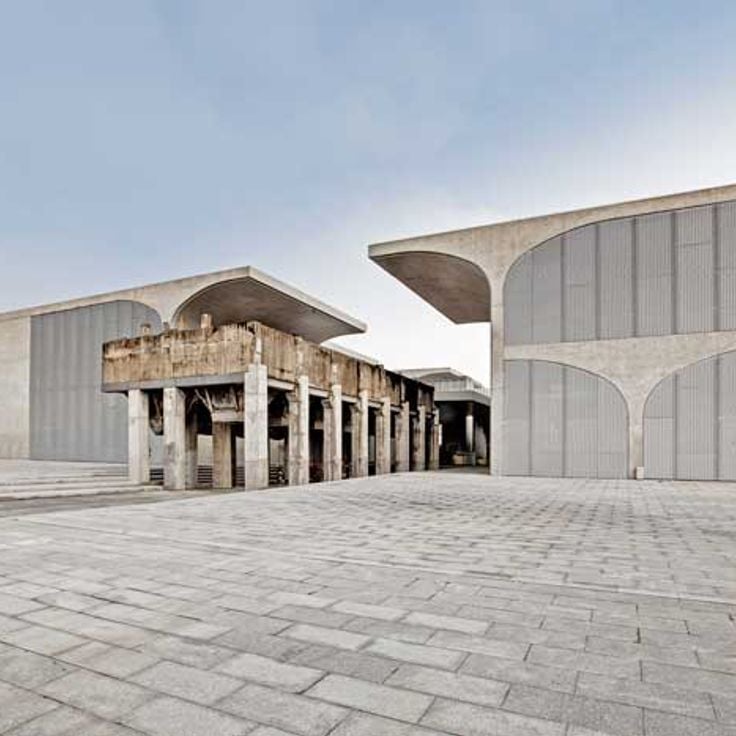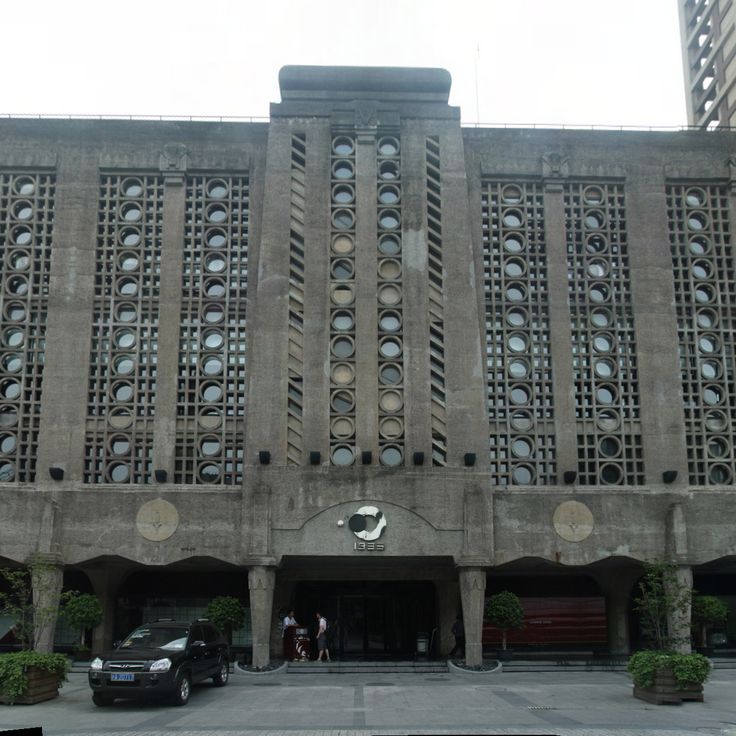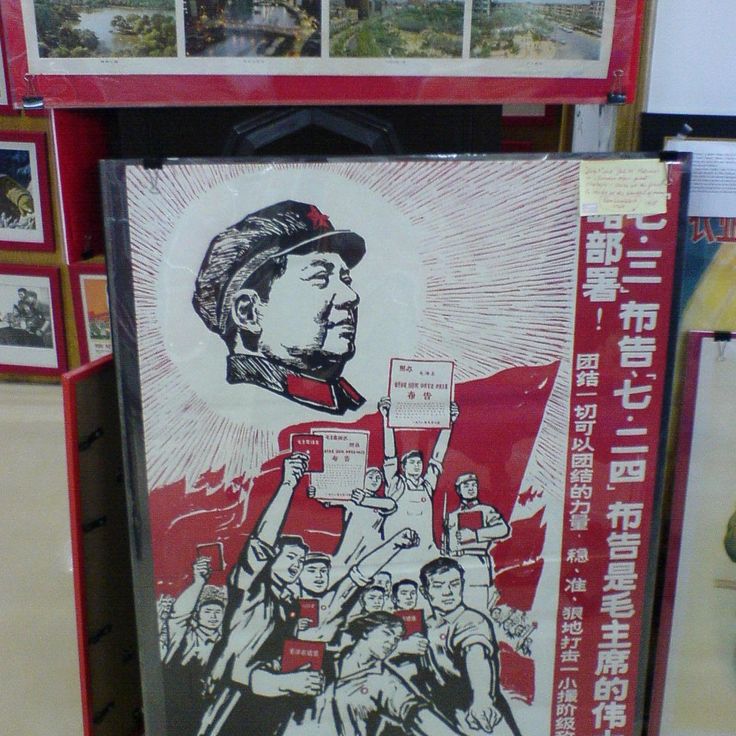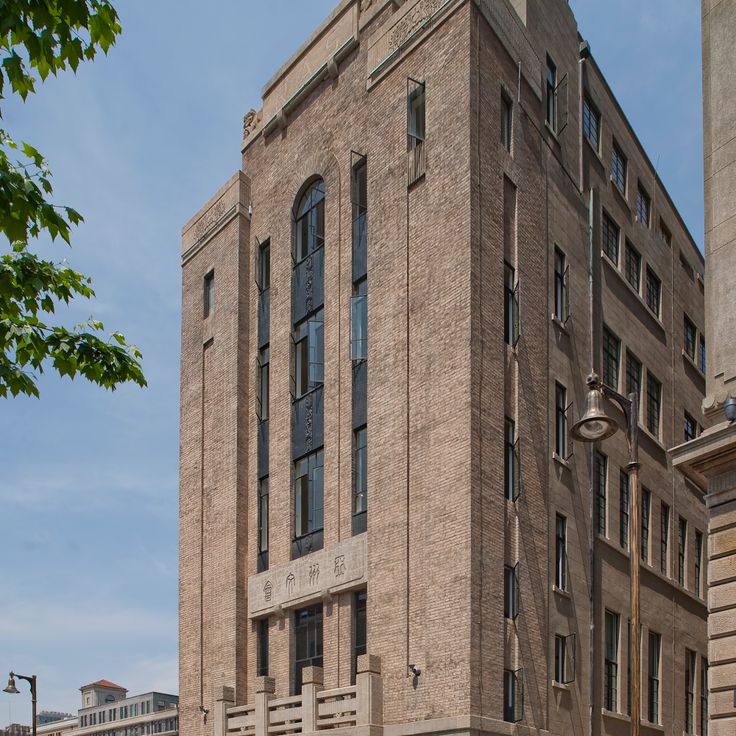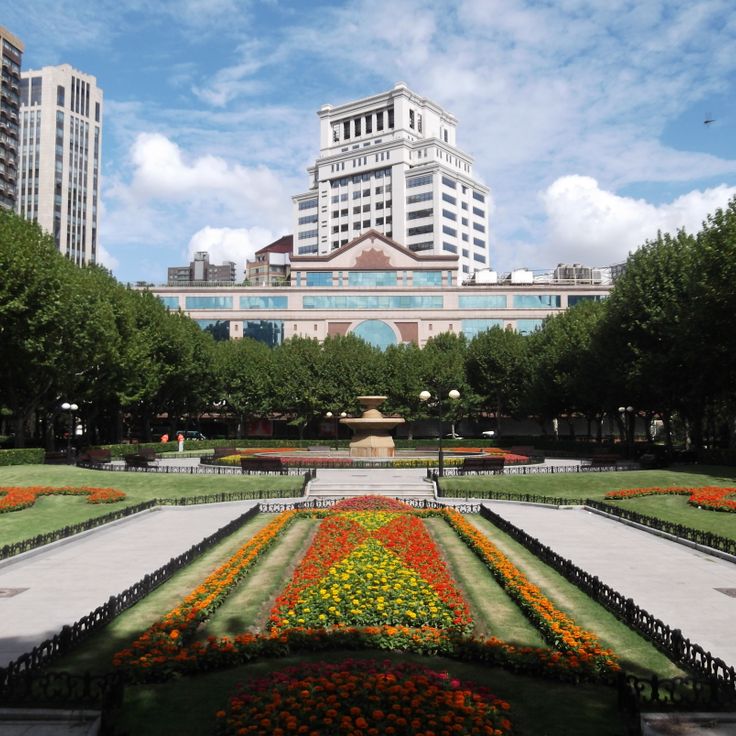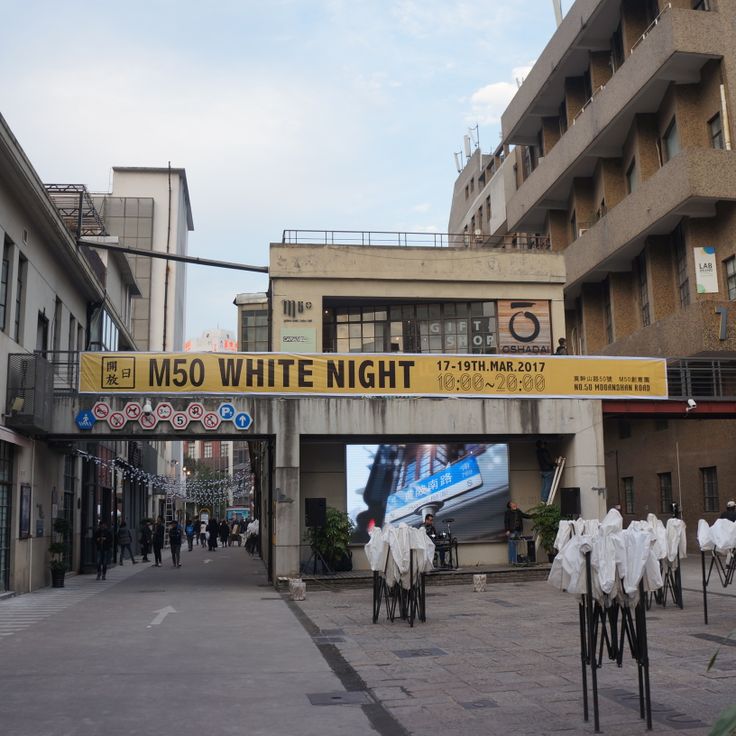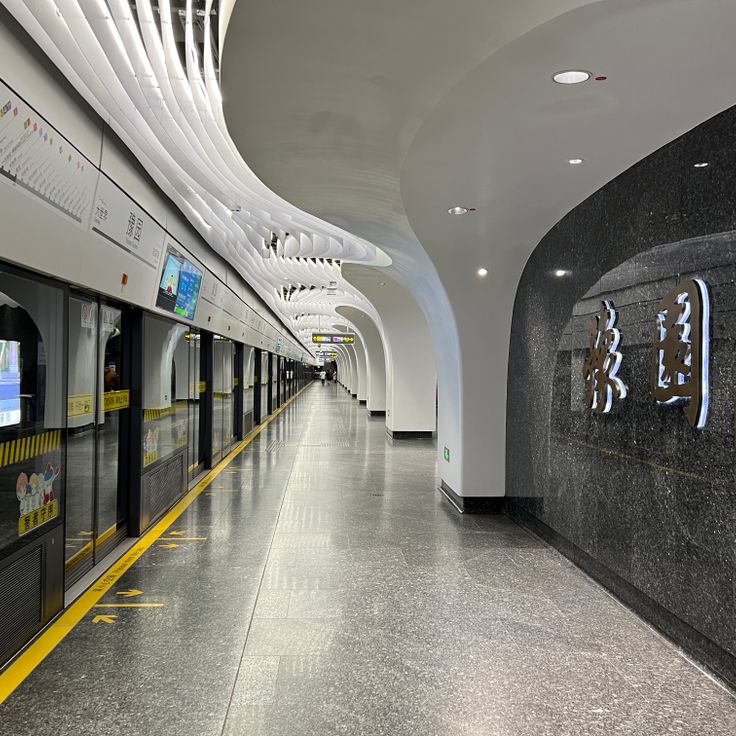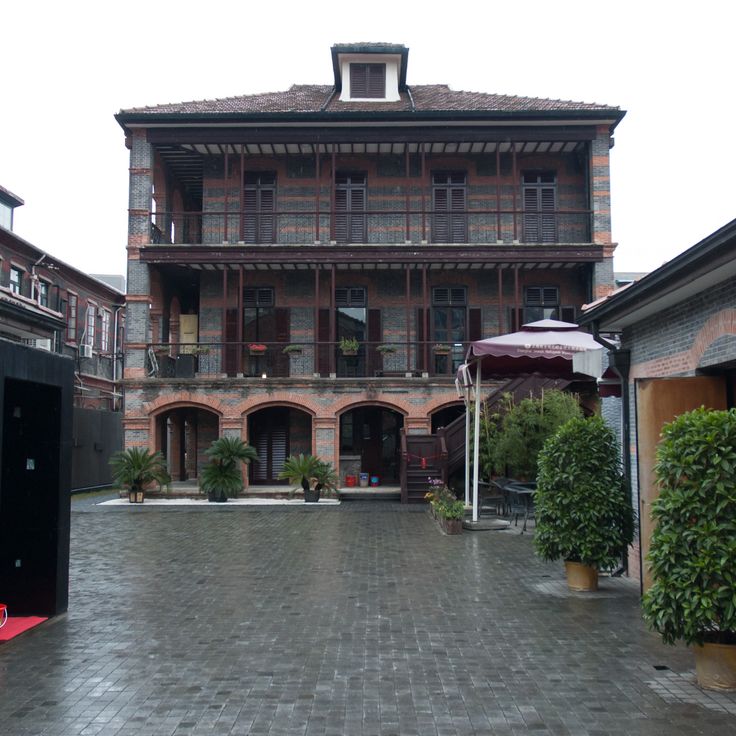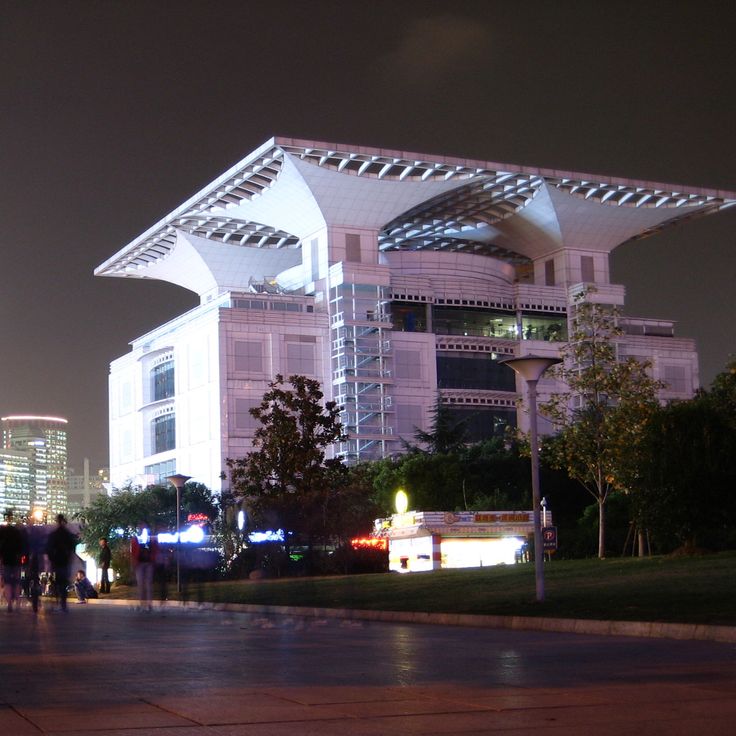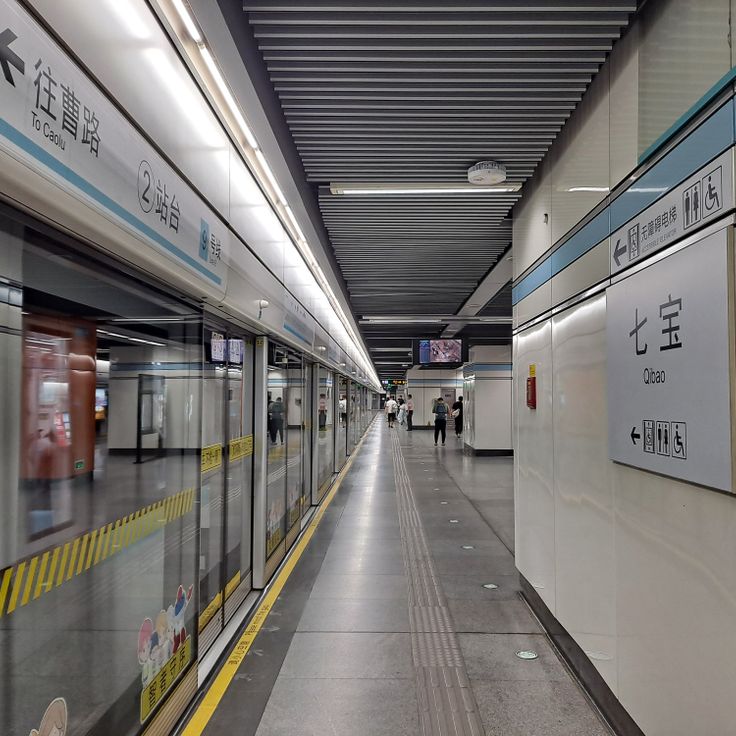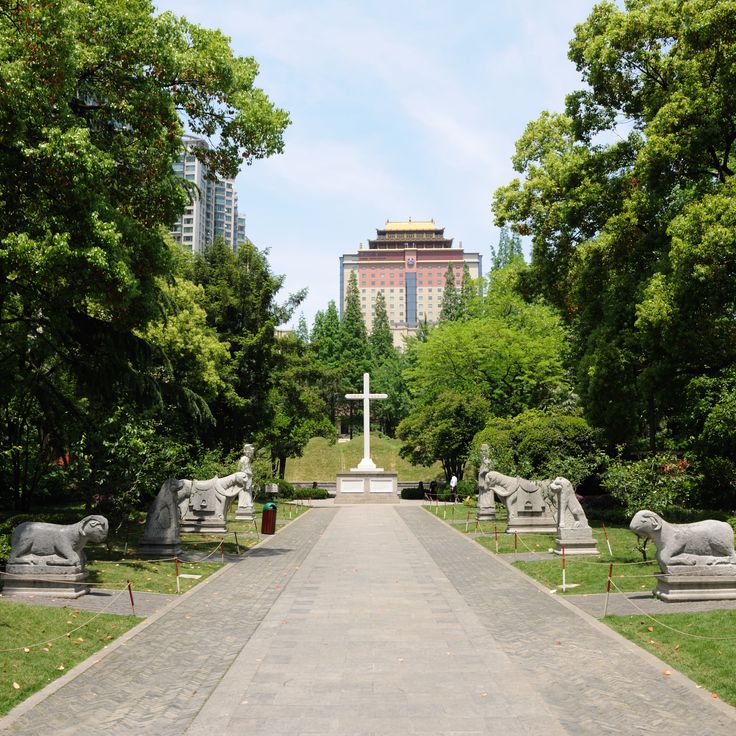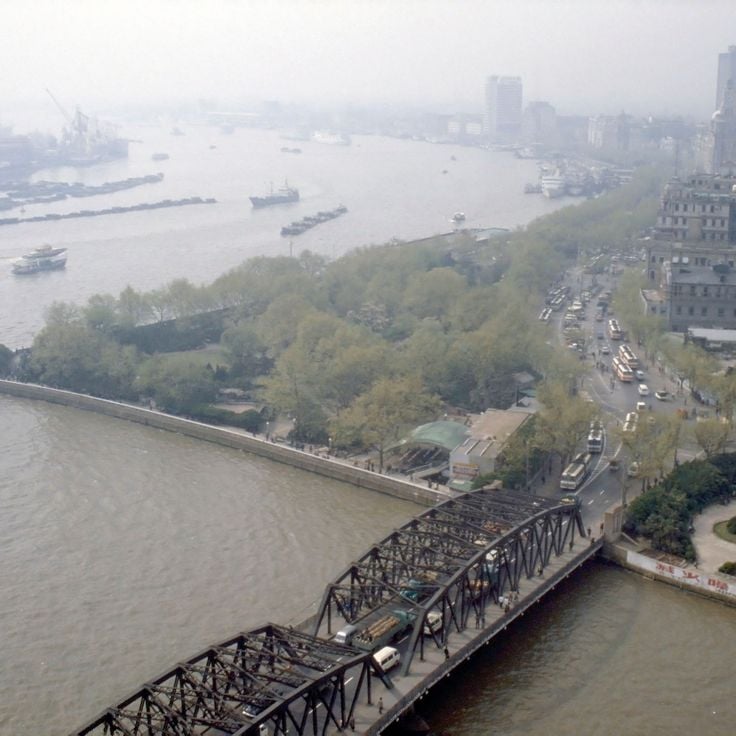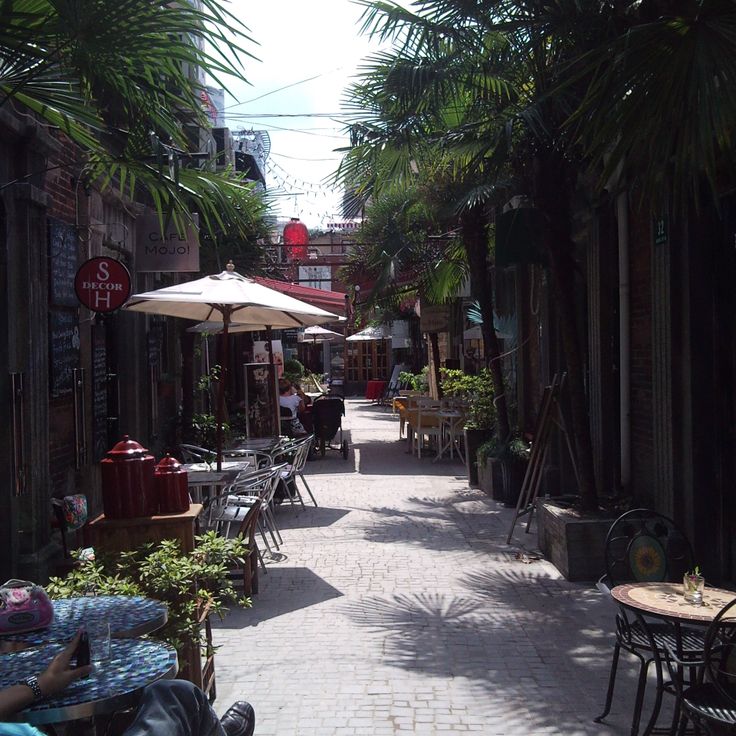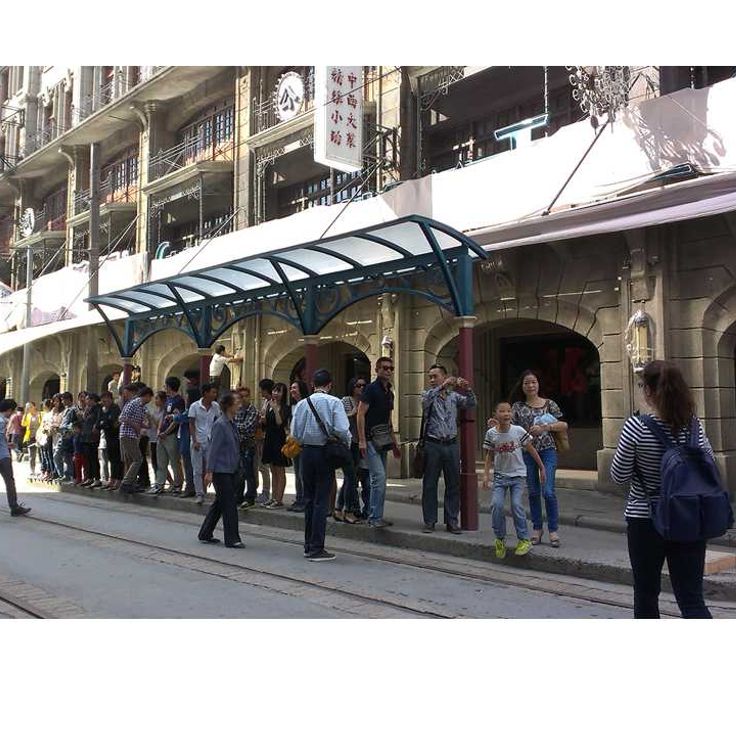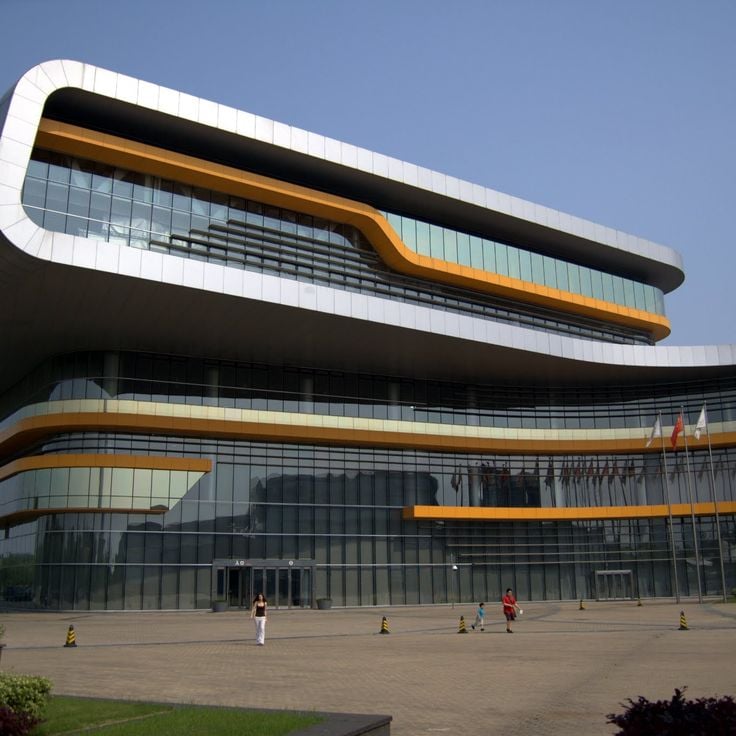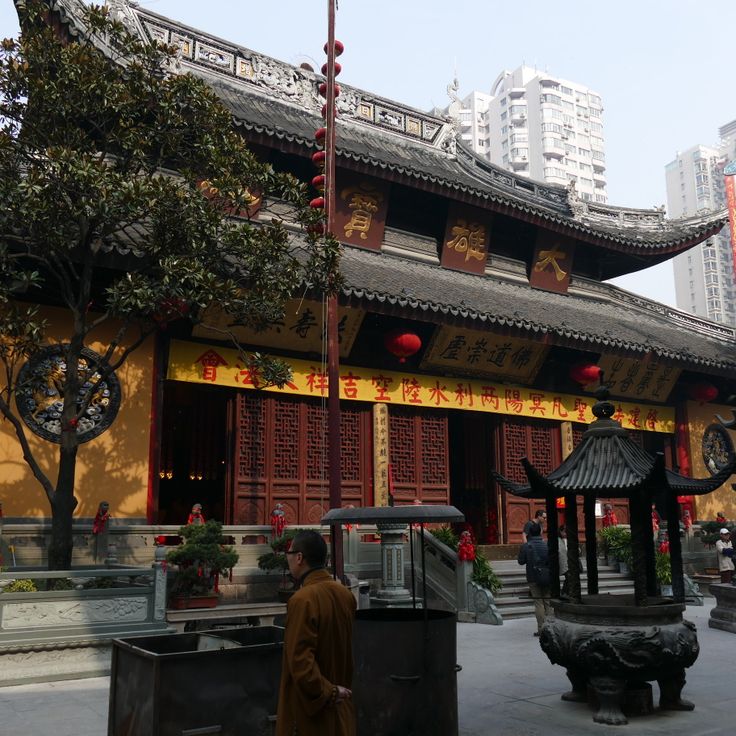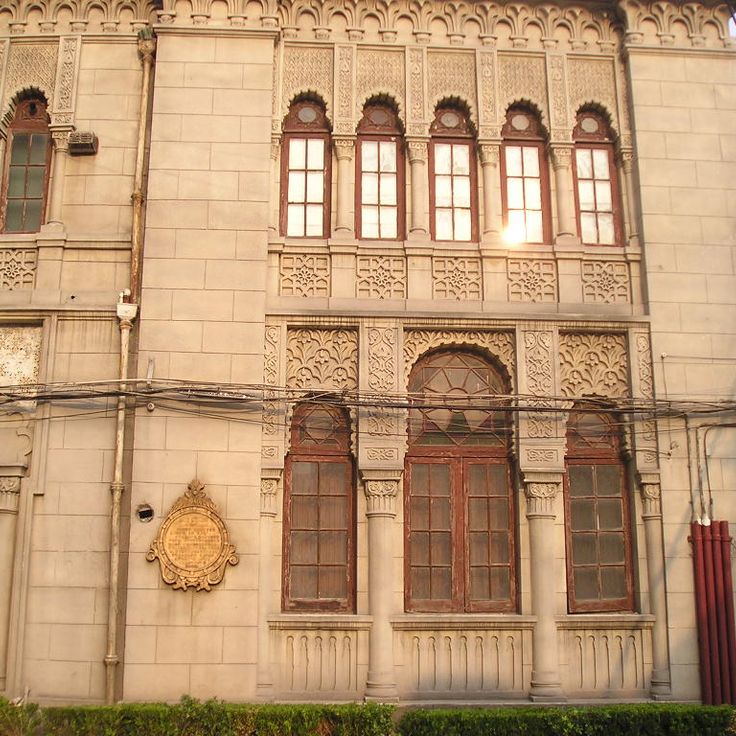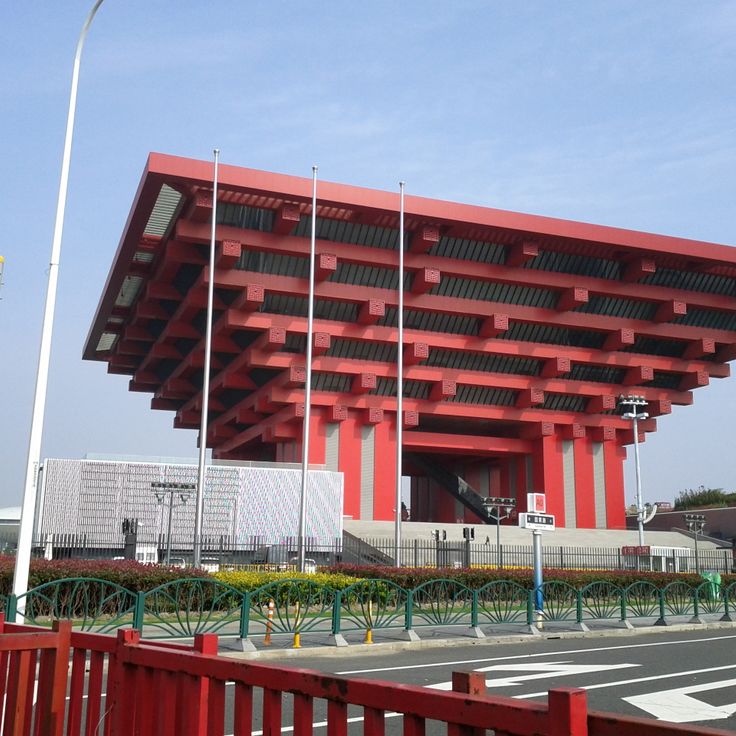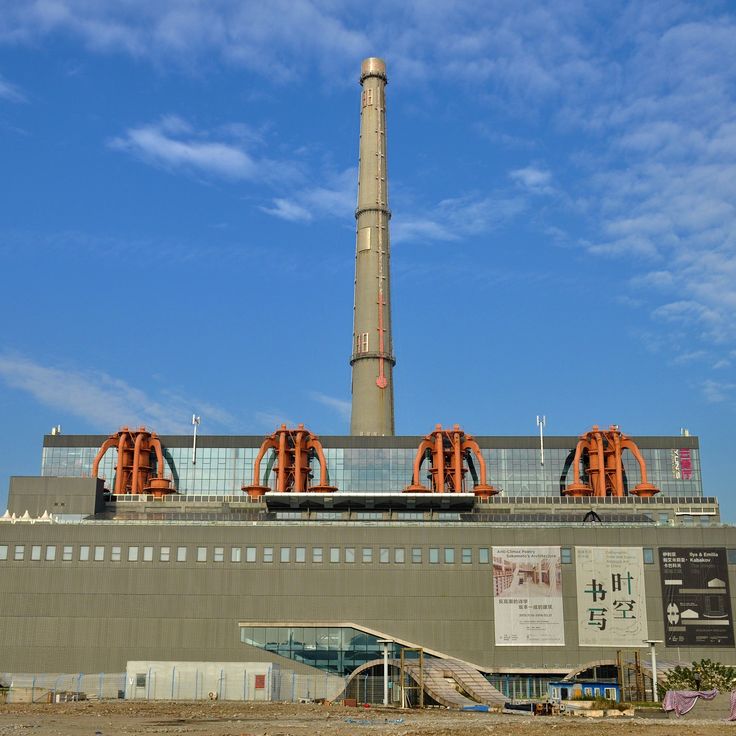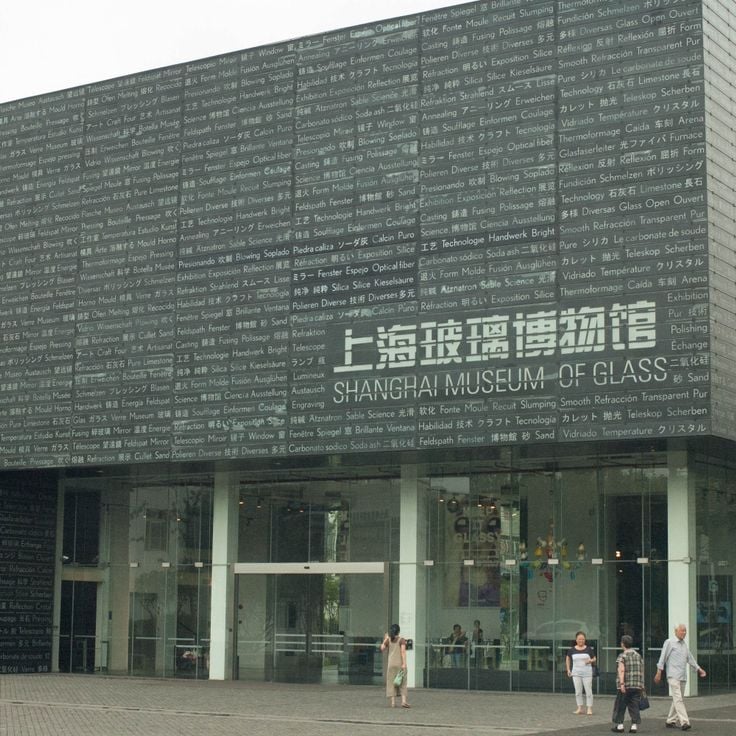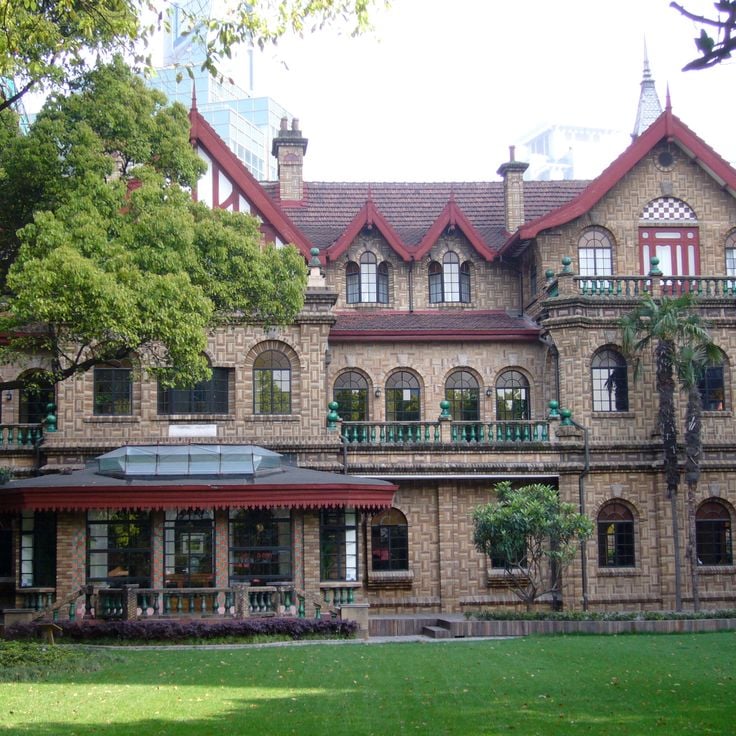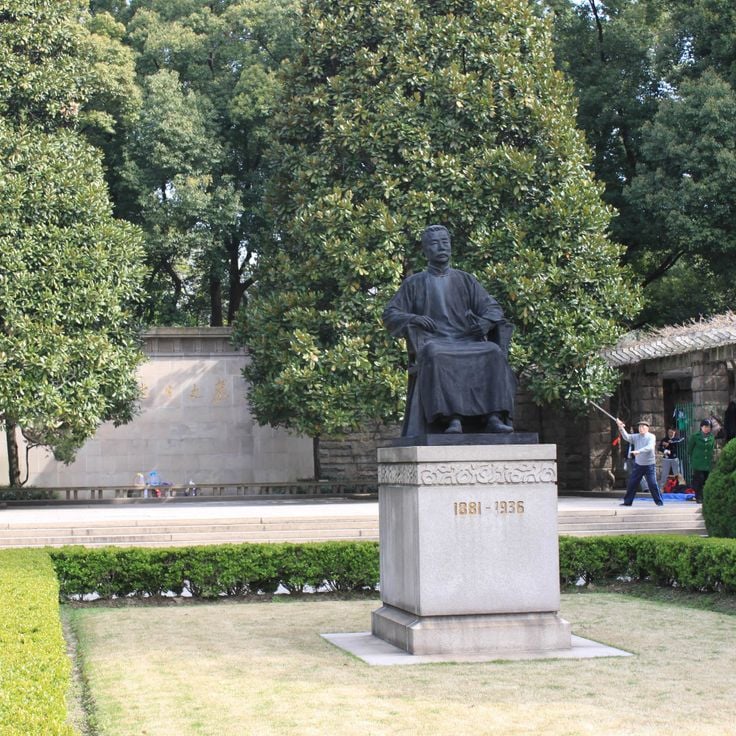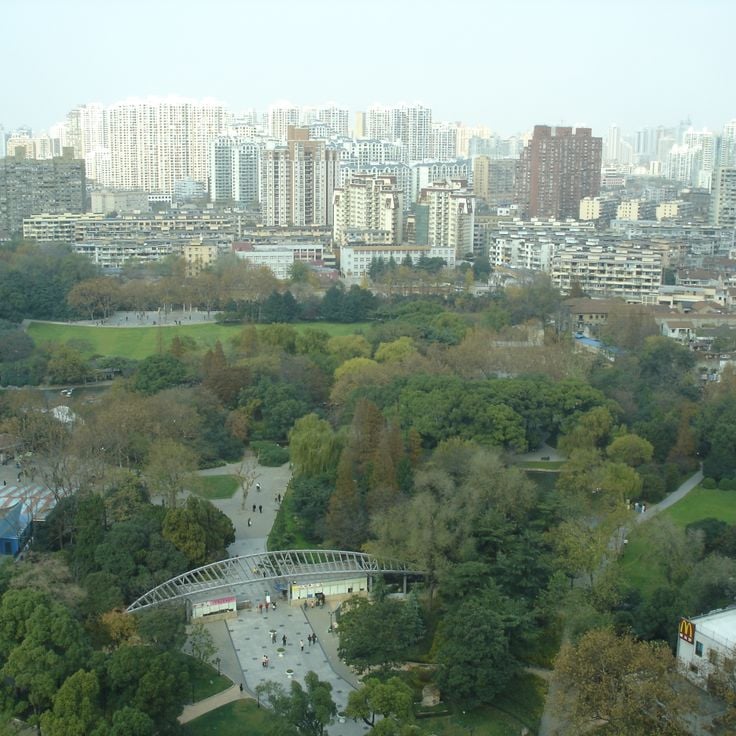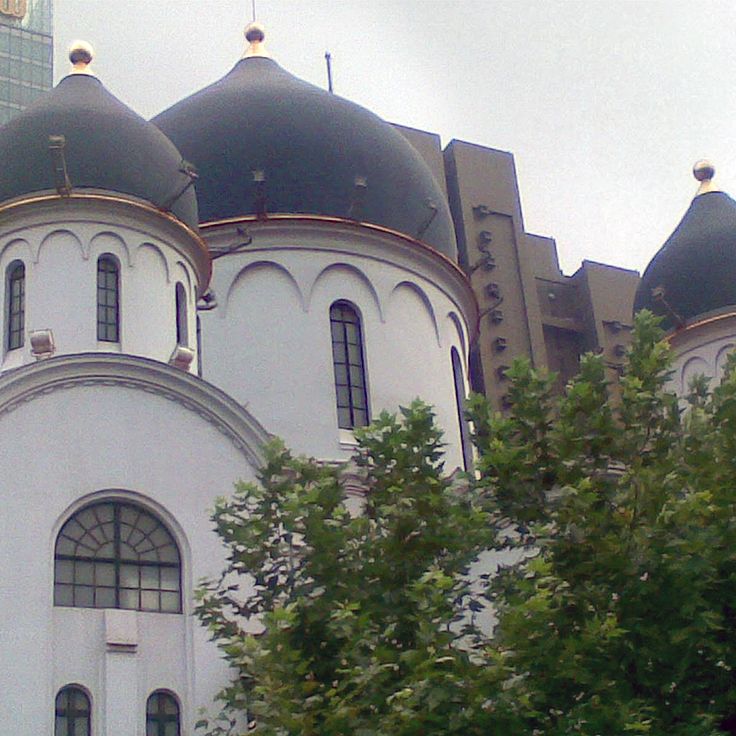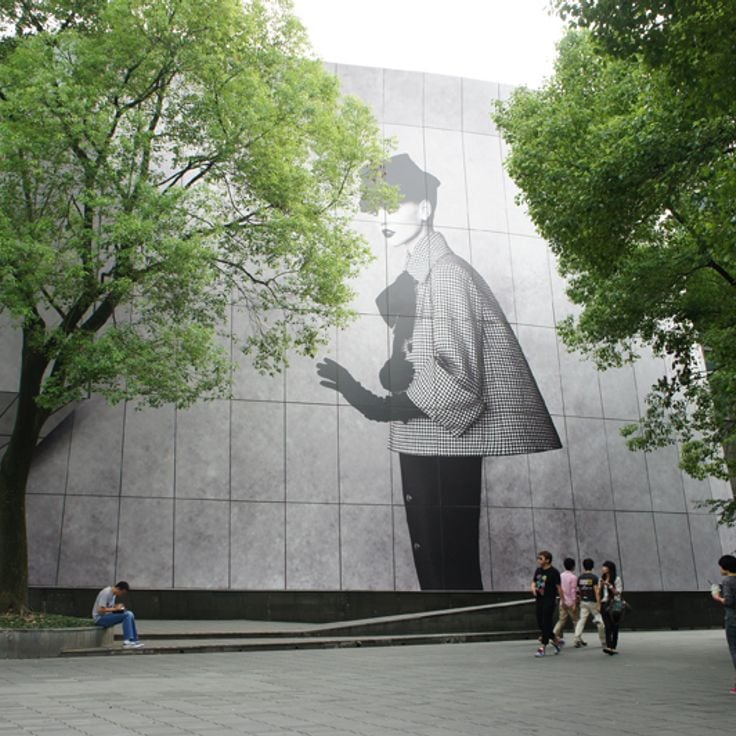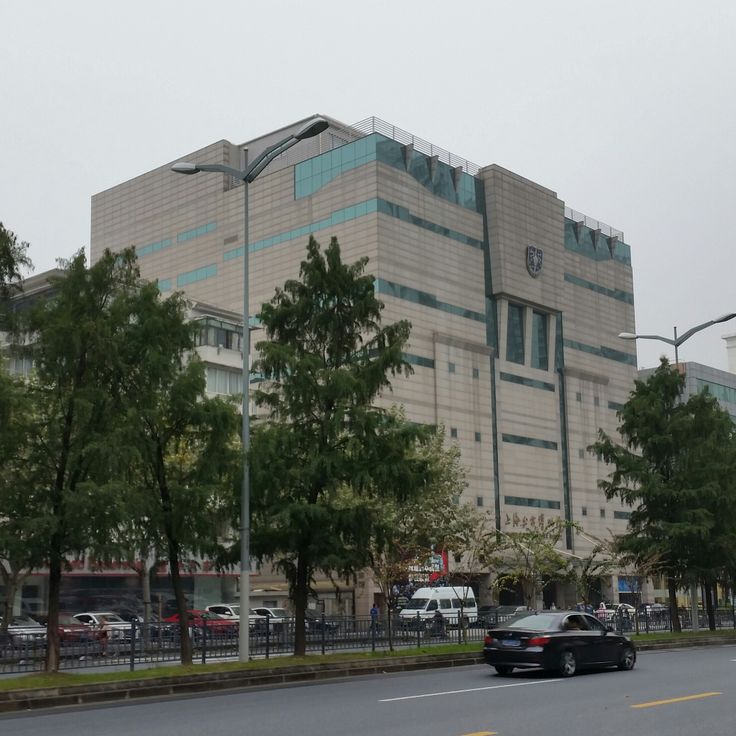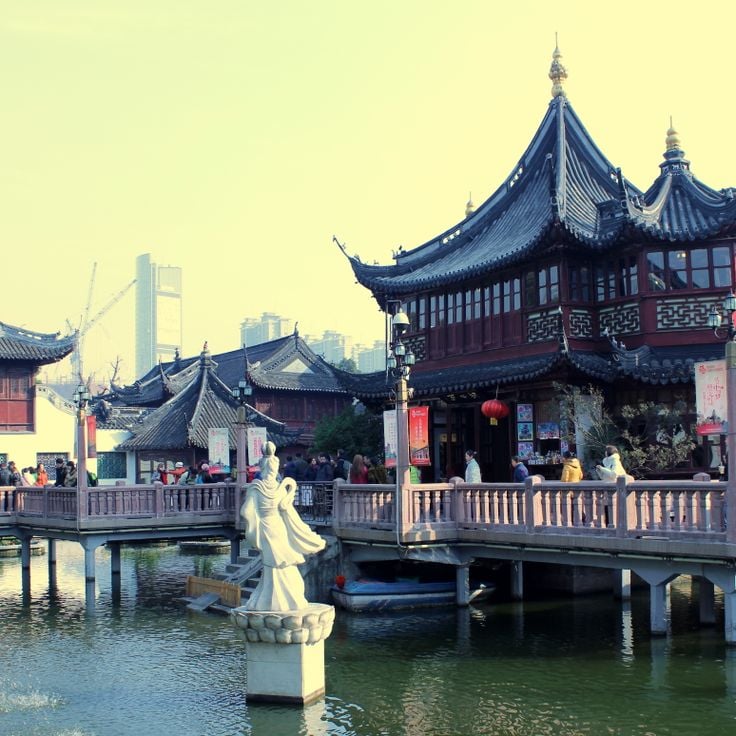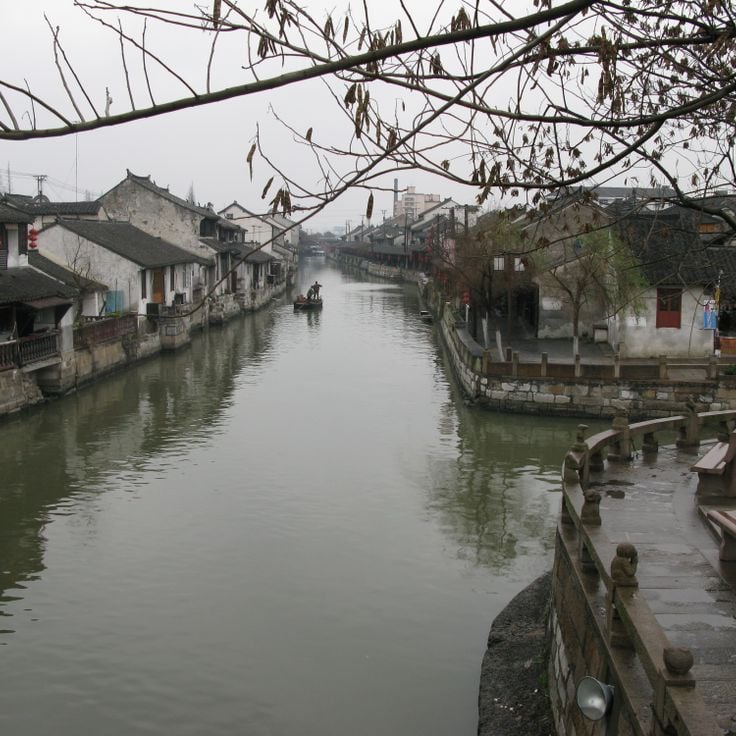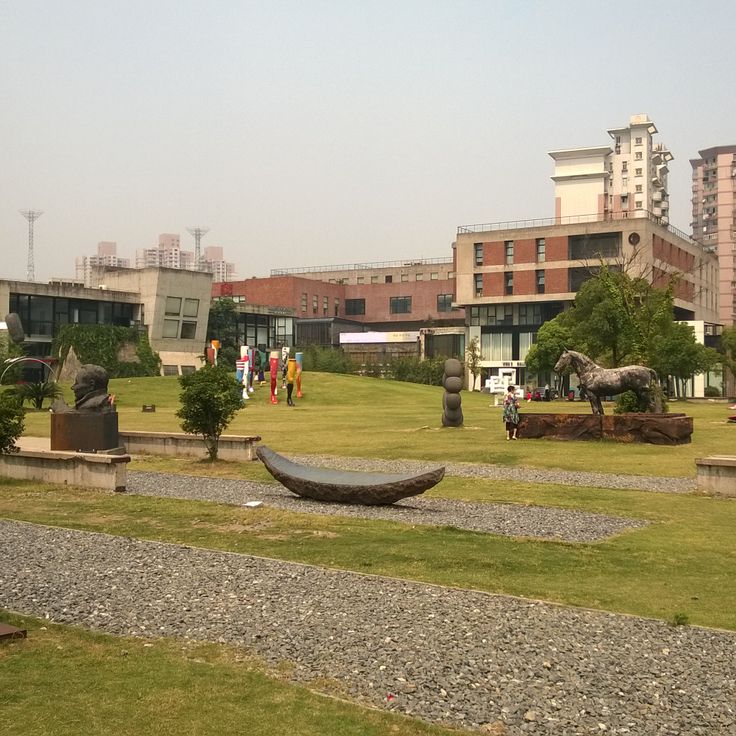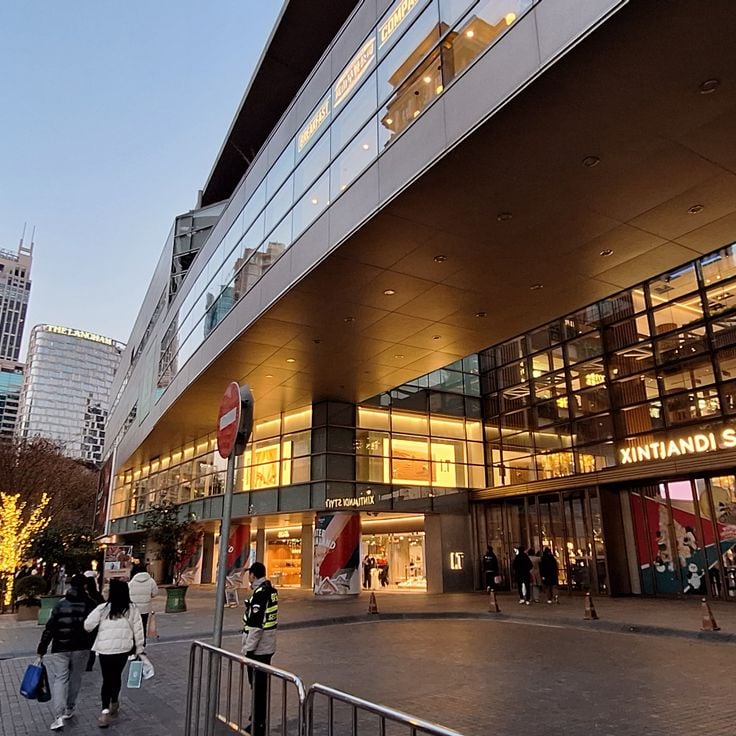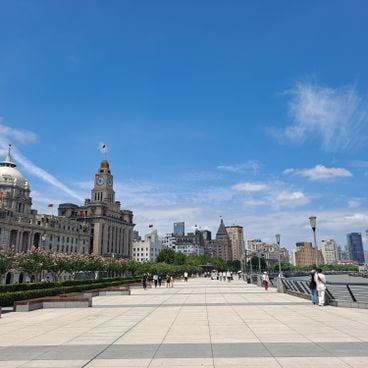Beyond its famous landmarks, Shanghai hosts numerous cultural spaces that operate away from major tourist routes. This collection guides visitors to artist districts, private galleries, independent theaters, and historic buildings that offer insight into the city's artistic and intellectual life. These are places where contemporary art is exhibited, experimental performances take place, and Shanghai's history is presented from different perspectives. The selection includes converted industrial buildings now housing studios and exhibition spaces, small museums with specialized collections, and bookstores and cafés that serve as meeting points for artists and culture enthusiasts. These locations provide opportunities to explore the city beyond conventional paths and experience Shanghai's active cultural scene firsthand.
The Long Museum is a private art institution located along the Huangpu River, presenting modern and ancient exhibitions. The collection includes Chinese and international artworks spanning different periods. The museum occupies space in the West Bund cultural district and offers visitors access to traditional and contemporary art. Exhibition halls feature rotating displays as well as permanent collections from the founders' holdings.
The 1933 Old Millfun is a former slaughterhouse from the 1930s that has been converted into a center for contemporary art and culture. The building displays a mix of Art Deco architecture and Bauhaus elements with its spiral ramps, geometric concrete forms, and natural lighting. Today, this complex houses art galleries, design studios, fashion boutiques, and restaurants set within the original industrial structures.
Zhouzhuang Water Town is a historical settlement located approximately 80 kilometers west of Shanghai. The town preserves its traditional water architecture dating from the 14th century, featuring over forty stone bridges that span canals and waterways. Authentic merchant houses from the Ming and Qing dynasties line the banks. Visitors can walk through narrow lanes, explore historical residences such as the Shen House and Zhang House, and observe the functioning canals that still serve as transportation routes today.
The Shanghai Propaganda Poster Art Centre houses an extensive collection of propaganda posters from the Cultural Revolution era. Located in a basement space, the exhibition displays hundreds of original posters dating from the 1950s to the 1970s. The collection documents the visual communication and political imagery of this historical period through colorful depictions of workers, peasants, and soldiers.
The Rockbund Art Museum occupies a 1930s art deco building on the northern Bund. Across six floors, the museum presents experimental works by contemporary artists from Asia. The exhibitions rotate regularly and feature installations, video art, paintings and sculptures. The historic building itself has been carefully restored, combining architectural elements from the interwar period with modern exhibition facilities. The museum also organises lectures, workshops and artist talks.
Fuxing Park is a public park located in Shanghai's former French Concession district. The park was established in 1909 and combines French garden design with Chinese landscape elements. Visitors will find plane trees, rose gardens, and winding pathways throughout the grounds. Each morning, local residents gather here to practice tai chi, while in the afternoons, couples take to the plaza for ballroom dancing. The park features statues of Karl Marx and Friedrich Engels, along with several pavilions. This green space serves as a social hub and offers insight into daily life among Shanghai's residents.
M50 Creative Park developed from the conversion of former textile factories along Suzhou Creek into a centre for contemporary art. More than a hundred artists maintain studios there and present their work in galleries of varying sizes. The site preserves the industrial architecture of the original factory buildings while integrating modern exhibition spaces.
Yu Garden was established in the 16th century during the Ming Dynasty by the Pan family and covers two hectares in the heart of Shanghai's Old City. The garden showcases classical Suzhou gardening techniques with intricately arranged Taihu rock formations, lotus ponds, and traditional timber pavilions. Visitors navigate through a sequence of courtyards connected by walls with moon gates and zigzag bridges. The Grand Rockery and the Exquisite Jade Rock stand among the architectural highlights of the garden complex.
The Shanghai Jewish Refugees Museum documents the history of Jewish refugees who found shelter in the city during World War II. Located in the former Hongkou district, the museum tells the story of approximately 20,000 European Jews who lived in Shanghai between 1938 and 1941. The exhibition displays personal belongings, photographs, documents, and testimonies that illustrate the daily lives of refugees in the city. Visitors can explore the restored Ohel Moishe Synagogue, which served as a religious and social center for the community during those years.
The Shanghai Urban Planning Exhibition Hall features a detailed scale model that displays all existing buildings and approved future construction projects within the city center. This exhibition allows visitors to understand the architectural development and future design of the metropolis. The model documents Shanghai's urban transformation and provides insights into the municipal planning strategies.
Qibao Ancient Town is a historic settlement dating from the Song Dynasty on the outskirts of Shanghai. The neighborhood extends along a narrow canal crossed by stone bridges. Visitors will find traditional residences with white walls and dark tile roofs, temples, small museums, and numerous shops. The narrow lanes are lined with stalls selling local specialties such as baked crabs, glutinous rice cakes, and fermented tofu. The architecture displays typical features of the Jiangnan region with wood carvings and inner courtyards.
Guangqi Park is an urban park in the Xujiahui district dedicated to Ming Dynasty scholar and scientist Xu Guangqi. The park contains his tomb and a museum documenting his life and contributions to mathematics, astronomy, and agriculture. Visitors will find historical monuments, traditional pavilions, and green spaces suitable for walking and reflection on this important figure in Chinese scientific history.
Suzhou Creek flows through central Shanghai for 125 kilometers, connecting the city to the Yangtze River. Its banks feature historic bridges from the 19th and early 20th centuries, modern residential buildings, and contemporary art galleries. The waterway has transformed in recent years, with former industrial warehouses converted into exhibition spaces and artist studios. Riverside walking paths link different neighborhoods and offer views of Shanghai's architectural evolution from colonial-era structures to modern developments.
Tian Zi Fang is an arts and crafts enclave located in the former French Concession area of Shanghai, characterized by its network of narrow alleyways and traditional Shikumen architecture. The district contains numerous art galleries, craft workshops, cafés, and boutique shops housed within renovated 1930s residential buildings. Visitors can explore the winding lanes to discover local artisan products, contemporary artwork, and both international and Chinese cuisine.
Shanghai Film Park is a film studio and theme park that recreates historical Shanghai from the 1930s. The facility includes detailed reconstructions of streets, shops, banks, cafes, and residential buildings from the Republican era. Visitors can walk through cobblestone lanes, explore traditional Shikumen houses, and discover architecture from the French Concession period. The park serves as a filming location for Chinese films and television series and offers insights into film production processes.
The Shanghai Auto Museum houses an extensive collection of vintage automobiles and documents the evolution of the automotive industry. The exhibition presents classic models from different eras and provides insights into technical innovations and design developments. Located in Jiading district, the museum offers visitors the opportunity to trace the history of the automobile from its beginnings to the present day.
The Jade Buddha Temple was established in 1882 to house two jade Buddha statues brought from Burma by a monk. The complex follows traditional Buddhist temple architecture with multiple halls arranged around courtyards. The main structures feature carved wooden elements, curved rooflines, and decorative pavilions. The two jade statues depict Buddha Shakyamuni: one seated figure in meditation posture and one reclining figure. The temple grounds serve as an active monastery where monks reside and conduct Buddhist ceremonies. Visitors can explore the religious architecture, sculptures, and peaceful garden areas within the compound.
Duolun Road Cultural Street combines traditional architecture from the Republic of China era with literary heritage. This street houses historic residences of former writers and intellectuals, including the Lu Xun Museum. Visitors find antiquarian bookshops, private art galleries, and teahouses within renovated buildings from the 1920s and 1930s. The street played an important role in China's Left-wing Writers League movement and preserves memories of revolutionary activities from that period.
The China Art Museum occupies the former China Pavilion from the 2010 World Expo in Pudong. This museum displays Chinese modern and contemporary art across more than 160,000 square meters of exhibition space. The collection includes paintings, sculptures, photographs, and multimedia installations from the 20th and 21st centuries. The building itself is an architectural example of traditional Chinese design in red coloring.
The Power Station of Art is China's first state-run contemporary art museum, housed in the former Nanshi Power Plant along the Huangpu River. The industrial building, constructed in 1897, was converted into a modern exhibition space in 2012. The museum presents rotating exhibitions of international and Chinese artists across multiple floors and hosts the Shanghai Biennale every two years. The distinctive chimney of the former power plant now serves as a landmark and symbol of the connection between industrial heritage and contemporary art.
The Shanghai Museum of Glass occupies a converted factory building in Baoshan District. The exhibition presents the history of glassmaking from ancient beginnings to modern industrial processes. Visitors can view traditional Chinese glass works, European techniques, and contemporary artistic installations. The museum features interactive areas demonstrating the physical properties of glass, along with a children's pavilion offering hands-on activities.
The Moller Villa was constructed in 1936 by shipping merchant Eric Moller and displays Nordic castle architecture with its turrets and pointed gables. The three-story building combines Scandinavian design elements with Art Nouveau details. Today the villa functions as a boutique hotel and maintains its original wood paneling, stained glass windows and handcrafted decorative features. The interior spaces showcase furniture and ornamental pieces from the interwar period. The structure stands as a protected cultural monument and documents Shanghai's international trading history during the 1930s.
Lu Xun Park is a public green space in Shanghai dedicated to the Chinese writer Lu Xun. The park contains the author's tomb and a museum documenting his life and literary work. Visitors will find monuments, sculptures, and pavilions celebrating his contributions to modern Chinese literature. The grounds include walking paths, a lake, and rest areas frequented by locals and tourists.
Zhongshan Park covers 21 hectares in central Shanghai and was established in 1914 during the British colonial period. The park combines traditional Chinese garden design with Western landscape elements. The artificial lake hosts extensive lotus fields that bloom during summer months. Historic pavilions from various dynastic periods stand among bamboo groves and stone pathways. The park also contains an open-air theatre and several teahouses that serve as gathering places for locals.
The Shanghai Russian Orthodox Mission Cathedral stands as one of the few Orthodox churches in the city, reflecting the presence of the Russian community that settled in Shanghai during the early 20th century. Built in 1934, this cathedral features traditional Russian architecture with colorful domes and religious iconography. The building served as a place of worship for Russian emigrants and remains a testament to Shanghai's multicultural history. Visitors can view the exterior facade and learn about the Russian Orthodox tradition in China.
The Shikumen Open House Museum occupies a restored 20th-century residence that presents the daily life of a Shanghai family during the 1920s and 1930s. The exhibition displays original furniture, household appliances, clothing, and personal items in their historical context. This museum offers insights into the residential culture of that era and documents the social history of Shanghai during the Republican period.
The Shanghai Contemporary Art Museum, commonly known as PSA, occupies a converted power station along the Huangpu River. This public institution presents rotating exhibitions of contemporary artists from China and around the world. The museum hosts the Shanghai Biennale and features multiple gallery spaces showcasing installations, video art, paintings, and experimental media.
The Shanghai Museum of Public Security documents the history of law enforcement and public safety in the city. The exhibitions display historical uniforms, weapons, equipment and documents from different periods. The museum presents criminal cases and their investigations, as well as the development of forensic methods. Visitors gain insight into police work and the social challenges faced by the metropolis throughout its history.
The Zig Zag Bridge connects different sections of Yu Garden to the historic Huxinting Tea House above the pond. This traditional bridge features multiple turns, which according to ancient Chinese belief help ward off evil spirits that can only travel in straight lines. Visitors can observe the classical garden with its pavilions, rocks, and water features from the bridge.
Fengjing Water Town is a historic settlement from the Ming Dynasty with preserved water canals and stone houses. The architecture dates from the 14th to 17th centuries and displays traditional building methods of the region. Residents use boats for transportation through the canals, which shape daily life. Stone bridges connect the different quarters of the town.
Red Town is a cultural center housed in a converted industrial building in the Pudong district. The former factory now contains galleries for contemporary art, artist studios, and exhibition spaces. The building has preserved its characteristic red brick facade from its industrial past. Artists and designers use the spaces for their work and presentations. The center regularly organizes exhibitions of modern sculptures and artistic installations.
Xintiandi is a district featuring restored 19th-century Shikumen houses. These traditional stone gate buildings combine Chinese and Western architectural elements. The structures now house shops, restaurants and galleries. Located in central Shanghai, the area provides insight into the city's historical residential architecture.
The Waibaidu Bridge was constructed in 1908 from steel and connects the northern and southern banks of the Suzhou River. This bridge provides an essential crossing point for pedestrians and vehicles, representing an important example of early industrial architecture in Shanghai. The structure marks a key transition point in the historic city center.
